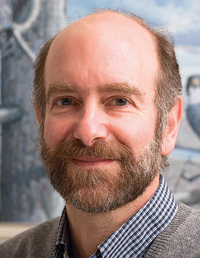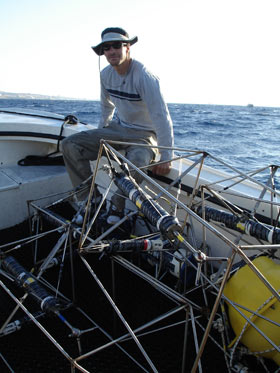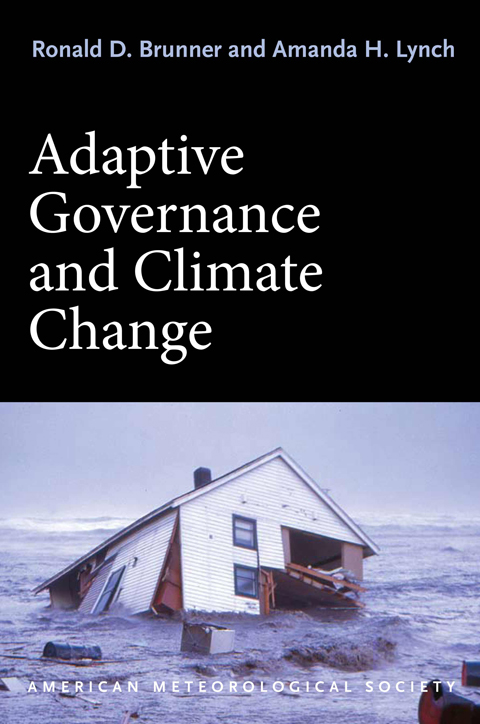by William Hooke, AMS Policy Program Director, from the AMS Project, Living on the Real World
“Go to the ant, you sluggard; consider its ways and be wise!”
This Biblical proverb warns against laziness, and exhorts each of us to higher levels of diligence and industry. A good idea! However, there’s more here. The ant also demonstrates the power of effective policy. Before turning to the ant, a brief segue…
Have you ever watched a flock of birds? (Or, equivalently, a school of fish?) Scientists are getting clever about why birds (and fish) exhibit such behavior. The motives are apparently social and include protecting against predators, staying warm in winter, and sorting out dominance. But how do they do it, given that they’re under the control of birdbrains? We don’t know for sure, but here you will find a video of “boids”: what flocking would look like if birds operated on the basis of three rules:
- matching speed and direction with nearby birds
- maintaining a minimum separation, to avoid in-flight collisions, and
- always flying toward the center of the flock
The rules seem pretty simple, don’t they? Reading them, it’s pretty easy to imagine that birds are able to operate, and cooperate, on this basis. And sure enough, the video looks pretty realistic, doesn’t it? In essence, flocking birds seem to have a policy, a framework for making decisions. By the way – and this is important to tuck away for later – this kind of behavior is called “emergent.” If you study a few birds in the laboratory, you would never know about this ability. It’s only when birds are present in large numbers, and free to behave as they want, that this behavior emerges. If you’ve got the time (six minutes), check out this YouTube video: starlings on Otmoor to see flocking in its fullest grandeur:
But back to the ants. Though birdbrains are the subject of ridicule, birds are mental giants compared with insects. And ants exhibit their own emergent behavior, don’t they? Again, study




